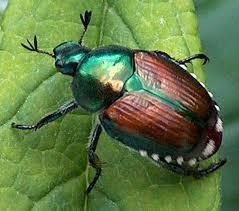 Experienced hop growers will be the first to tell you that a regular weekly schedule of checking your hopyard for problems can save big headaches, time, and cold hard cash. Being a good grower isn't about who has the biggest pesticide budget! Catching problems like pest and fungal outbreaks early is critical to controlling them successfully; with minimal treatments - before the damage is done. Proper scouting includes a close examination of the entire hopyard's environment (including the surrounding fenceline perimeter's). (This pest is capable of defoliating entire plants in less than a week) For quick knockdown of a Japanese beetle /Potato leafhopper outbreak for growers with RUP certification - check out Brigade 2ec or Leverage 360/2.7. Both are labelled for hops. TO DO LIST
If this sounds like too much work; please do consider hiring a professional crop scout. They know what to look for and when to look for it. Their services are relatively inexpensive and their advice - priceless. Properly done scouting and recording what you see in detail lets you identify patterns and conditions that affect the hop's growth and what conditions trigger disease and pest outbreaks. I recommend making a check-off form you use weekly during the growing season that covers all the above items so you don't miss anything. This will not only make you a better grower- it will make you a PROACTIVE grower. (I like to call them Jedi-growers because they always seem to know what is going to happen before it does.) Proactive growers can make minimal, targeted sprays; anticipating disease and pest cycles. They consistantly adjust - fertilizer, irrigation schedules, cultivation; like a steady clock. They also always seem relatively cheerful and un-stressed. (nice side-effect that both wives and partners seem to appreciate!) Scouting is something I do habitually 24/7 - I'm looking when I'm watering - I'm looking when I'm weeding- Heck, I'm looking when I walk the dog!  Forum is a systemic protectant fungicide made by BASF that has some curative properties for the control of Downy mildew in hopyards. Like most fungicides, it works best if it is applied before the conditions for disease to develop occur. It carries a caution label rating and can be applied up to 7 days before harvest, 3 times per season total. Compatible with most other fungicides and insecticides in a tank mix. Forum is one of the only systemic fungicides with antisporulant activity that fights sporangia before the fungalspores have a chance to form and produce destructive zoospores that infect tubers and leaves.The spore-stopping effect of Forum can control the further spread of downy mildew in already infected fields. Forum's active ingredient is dimethomorph. This class of fungicides is very susceptible to build up of resistant downy mildew. It should only be applied in rotation with other mode of action (MOA) fungicides and never twice in a row without another fungicide. It cannot be applied to hops aerially or through drip irrigation. Through spray coverage is essential, so proper nozzle selection (like hollow cone) and addition of a surfactant/ spreader/sticker is recommended for best control results. Grower notes: Forum is a "big gun" - very effective at close range! Where does it fit into an IPM program? Probably fits best in three places (remember, you can only spray this one 3X total per year). First, as an early spring spray on emerging hop shoots in a hopyard that is known to be infected with downy mildew. The idea is to spray the infected emerging shoots BEFORE they sporulate. Second, as a spray during a period when conditions for downy mildew to develop exist (again, only in fields with identified downy mildew present). Third, as a preventative spray after harvest on remaining folige and bines when late late mildew conditions exist. This late spray stops formation of the motile zoospores which infect the crowns and over-winter there till next Spring. Don't just spray this one for the heck of it - save the "big gun" for when you need it!
High soil temps above 95 degrees can seriously damage the fine shallow root feeder system of hops. Damage from excessive heat usually shows up a few days after it actually occurred - the plants stall and even wilt; even though the soil moisture is there. This problem is especially prevalent in newly established hopyards with wide row spacing Where the plant canopy doesn't provide soil shading.. Growers often compound their problem of high temperature damage by turning on the drip irrigation at mid-day. The temperature of the water in a black emitter tube line laid on soil in direct sunlight can reach scalding temperatures. With the low flow rates of most emitter systems a grower can easily apply a gallon of 120 degree (or more!) water to each plant in the yard. This effectively sautees the fine shallow feeder roots - disaster! Watch out for this pattern - the hops bines get progressively shorter and yellower away from the main feed. Solution: Watch the temperature forecast. FINISH all irrigation cycles by mid-morning. RESIST the temptation to turn on the irrigation at mid-afternoon! (In an emergency, open the end caps on the dripper lines and flush them until you feel the water temperature drop).
Consider adding some aerial sprinklers - which is the proper way to cool an overheated hopyard. Run them in short cycles before mid-day as cold water applied to hot leaves causes damage. Setting up your hopyard for an expected scorcher of a day is easy to do - just do it early! Mis-use of your watering system causes further plant damage, stalling of growth, and kills your yield potentials. Here is a picture demostrating the effects of prolonged high air and soil temperatures from a controlled study Brian and I did at Great Lakes Hops Lab . The hops were subject to a minimum temperature of 90 deg. F. - maximum 110 deg. F. regime for three weeks while emerging from dormancy. Photosynthesis pretty much shut down at leaf temperatures above 90 deg., resulting in chlorosis and reduced leaf size on most varieties. Other observations noted were : - Dropping air temperatures below 90 for even 2 hours / 8 hour cycles markedly increase the leaf color. - Soil temperatures above 95 deg stopped fine root hair growth- adding to the chlorosis. - different varieties can tolerate high temperatures better than others Varieties Newport and Challenger both handled the heat well (Didn't even dis-color Challenger). Santiam showed reduced growth, while Spalter Select really took a hit.
Take away -??- The Western European varieties (German) Spalters, Hallertauers, Tettnangers are more sensitive to high air and soil temps than American varieties like Newport, Galena, Chinook, and Cascade. Spalter Select obviously cannot be grown like Newport. This does not mean the former group can't be grown successfully - it means they have to be grown DIFFERENTLY. By "differently" I would suggest closer raised row and plant spacing to create cooler temperatures in the lower hopyard canopy, leaving more lower folige to shade the soil (especially in newly established hopyards), using aerial sprinklers to cool the leaves at mid-day, and mulching new plantings to reduce soil temperatures. I think is is a great example of how "one size does not fit all". 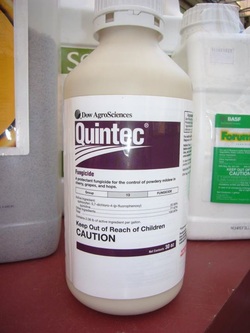 Quintec is a very specific protectant fungicide for the control of powdery mildew. It does not control existing or latent powdery mildew infections so it must be applied before infection conditions happens. (Latent means the mildew is already present in mycelial form in the leaf but not producing the visible white spores yet.) It is very effective in controlling powdery mildew when applied properly. It is compatible with most other pesticides; so it is a good tank mixer. It is currently the best product available for preventing powdery mildew cone infections. Quintec's role in the hop yard is very specific. It is used in rotation (no more than 2 applications in a row, 3X per season) during stages of burr and cone development to stop powdery mildew infection of the cones. Heavily infected cones turn brown and are not very marketable. The rest of the year it sits in the pesticide cabinet - so don't purchase more than you need. Apply the first spray when bur formation is visible and a second spray within two weeks when the burrs are fully sized, but before cone scales develop. The idea is to get the chemical in place before the cone closes up. Applications made after cones form are pretty much ineffective - the disease is shielded inside the cone. Timing is everthing when using this product. It is best used along with an IPM weather forecasting program (like M.S.U.'s) Different varieties of hops develop burrs at different times; so in hop yards with multiple varieties a staggered application , variety by variety, is necessary. Quintec is relatively safe - it only rates a caution on the label. However, it does have a funky restriction about spraying early morning / late evening because of aerial spray mists effects on certain species of bats. Grower Notes: For me, Quintec is one of the critical, must-have IPM sprays. I would drop a lot of other applications of other chemicals out of my IPM program before I missed this one. (Missing it would be equivalent to no control sprays for apple scab in an apple orchard.) It has a large effect on the final quality of the harvested cones. I am very careful not to over-use Quintec, though. Some seasons, weather conditions are not right for powdery mildews to start during burr-out and I will not need to apply it during that critical 2-3 week period. Monitoring the hop yard and weather patterns just before, and during, burr formation help me decide whether it is necessary to apply Quintec. There is a temptation to repeatly spray Quintec just because it works so well. Its mode of action and the quick resistance of powdery mildews makes me be stingy with it's use - I want it to be around and effective for a long time. 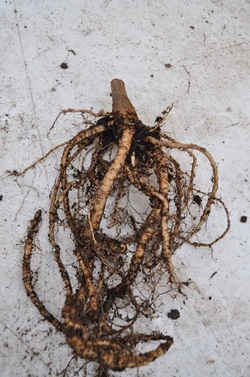 There has been a lot of discussion on when, where, and how to prune hops correctly - its a hot topic. I am posting this pic to show the consequence of pruning without taking into account the varietal differences. Variety Nugget- "bull" with no crown buds
This is a 2 1/2 year old Nugget that was cut late fall of 2011 at 1" above the soil line; removing the visible crown buds. Nugget is a hybrid variety that has been selected to produce just a few main primary crown buds; which are formed quite high on the plant stem. It was watered and fertilized normally all throughout the past summer and fall. This pic was taken in the first week of February, 2013. The plant root system has survived intact (didn't increase in size, though). Note there are still no crown buds visible! Will it ever resprout? Not sure - there a nodules forming slowly on the upper roots that may be bud or rhizome primordia. Point to be made is that if a whole hopyard of Nugget were pruned too short; the yield would be drastically reduced for more than one season. This is a review of the actual label and where it could fit into your Integrated Pest Management (IPM) program.
Sonata & Serenade are organic-use approved biologicals (bacterias) that are effective in controlling powdery and downy mildews. The actual label can be viewed at the following : http://www.agraquest.com/agrochemical/products/fungicides-sonata.php Highlights: -low toxicity - 0-day re-entry period to fields -can be applied through drip irrigation -can be used throughout the growing season, 7-14 day effectiveness -compatible with fertilizers and most fungicides - cost effective Applications: The active ingredient is a dormant bacteria which inocculates the field upon appllication. The spray is most effective if it is sprayed when spray droplet evaporation rates are low. Early morning or evening sprays are suggested. The longer the moisture remains; the better the inocculation. Some growers "jump-start" the bacteria by tank mixing with molasses and fish emulsion fertilizer (bacteria tea). Addition of a rainfast spreader-sticker improves performance. Recommended to alternate between Serenade & Sonata for broad-spectrum control. Timing: These biologicals take time to activate and are best applied prior to disease-favorable conditions occurring. Applications of additional fungicides typically don't affect their performance; as they are bacterias, not fungii. Personal note: I use these in our hop propagation process where environmental conditions (warm & humid, wet-leaf conditions) can be optimum for hop diseases like downy and powdery mildews; as well as botrytis, anthracnose, pythium, & sclerotinia to develop. These products are quite effective in controlling disease infection on emerging shoots as well as stopping the infection of new growth. Incidence of other diseases like Botrytis and Pythium are notably reduced. |
Details
Blog AuthorLynn, the head hop grower at Great Lakes Hops has over 30 years of experience in the horticultural field. Browse the blog articles here to find useful growing information for humulus lupulus, based on personal experience and observations at Great Lakes Hops. Archives
January 2020
Categories
All
|
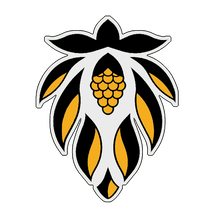
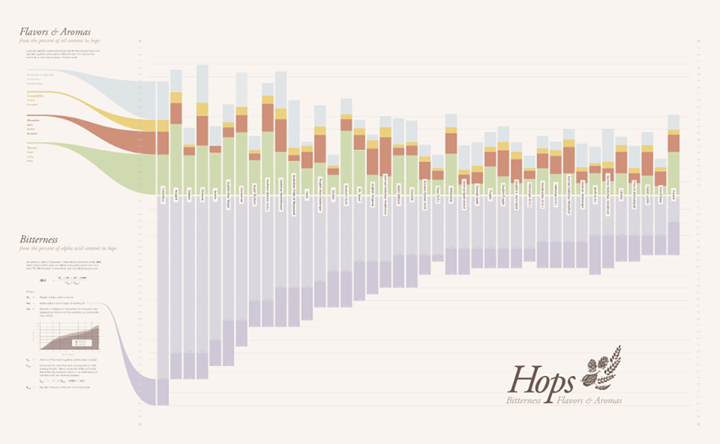
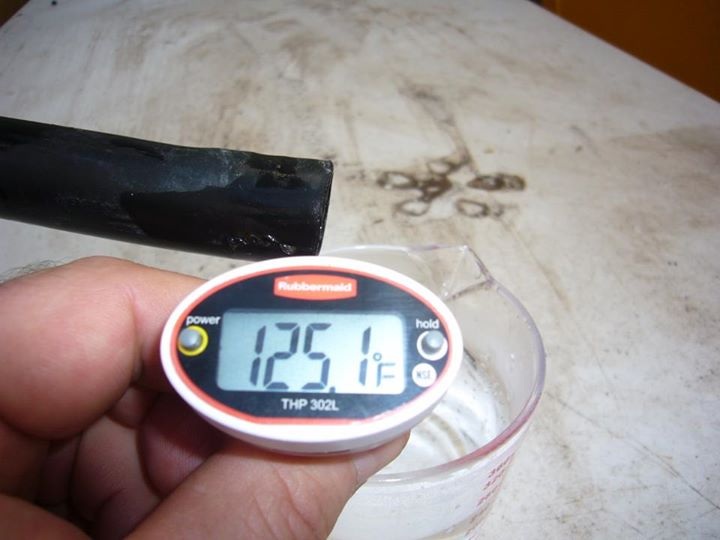
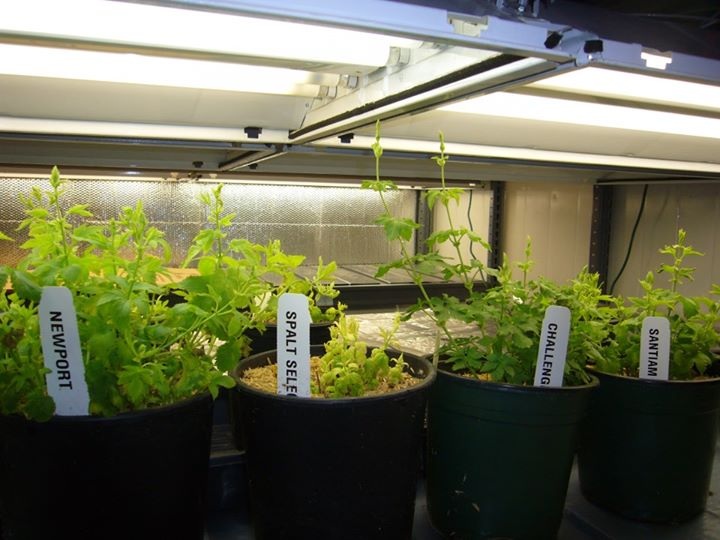

 RSS Feed
RSS Feed